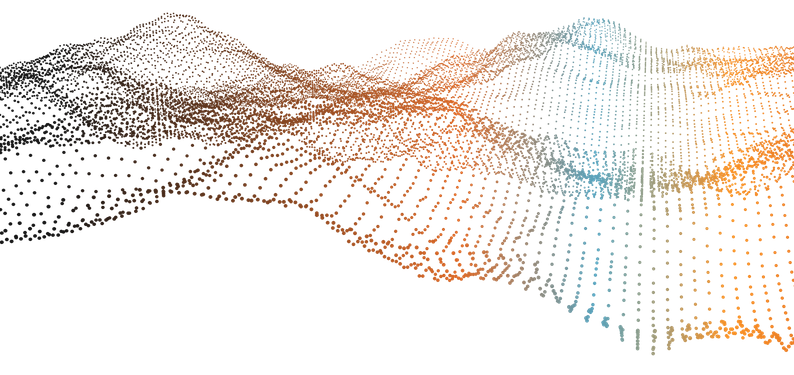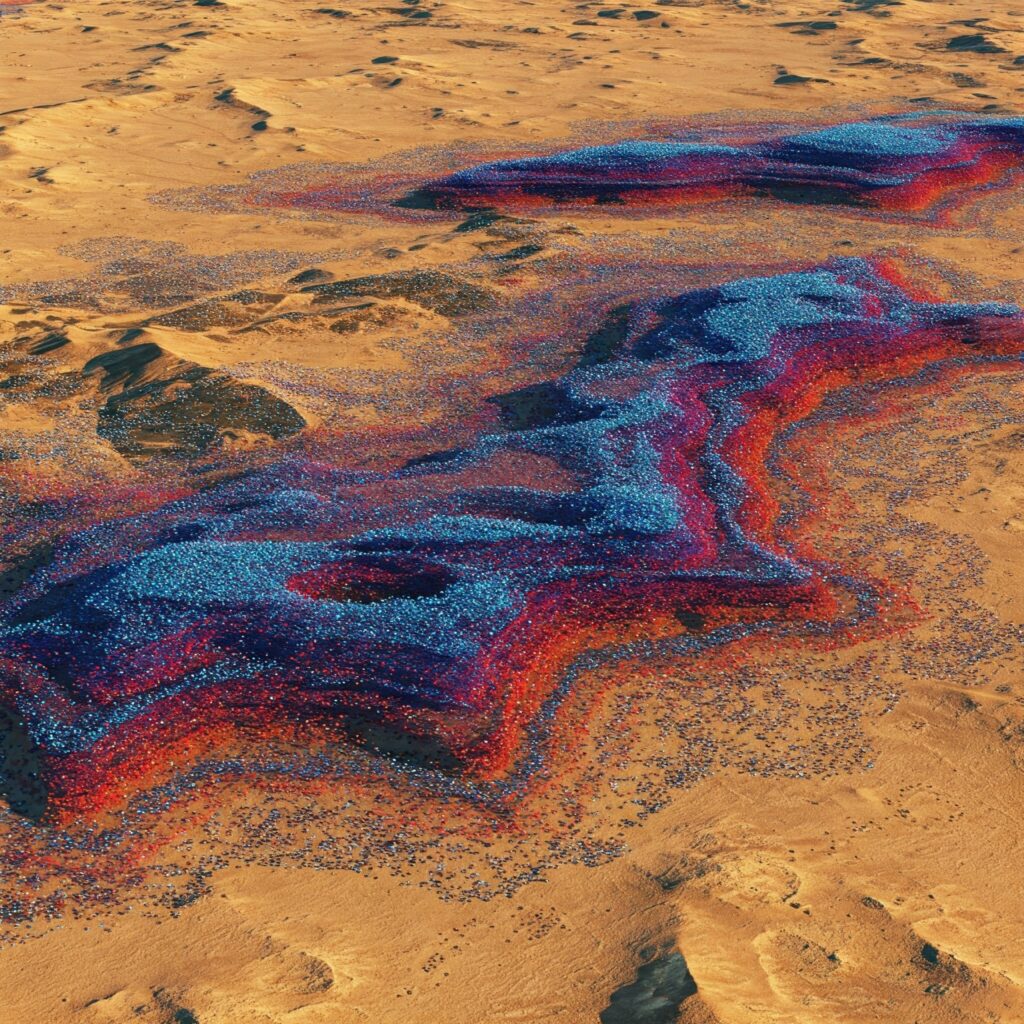
Unraveling AI: Data Science, Machine Learning, and Artificial Intelligence in Mineral Exploration

Clarifying Artificial Intelligence for Modern Geology, Beyond the Hype
In the digital age, terms like “Artificial Intelligence” (AI), “Machine Learning” (ML), and “Data Science” are constantly heard, especially in the mining industry, which seeks to innovate and optimize its exploration processes. But do we really know what they mean and how they interrelate?
Conceptual confusion can be a barrier to the effective adoption of these technologies. In this blog, we’ll demystify these key concepts so your team can speak the same language as the technological vanguard and understand how these disciplines come together to transform decision-making in your next exploration campaign. Through this knowledge, we aim to empower geologists to make more informed and strategic decisions.
Clarifying the Key Concepts:
1. Data Science: The Foundation of Knowledge
- Definition: Data Science is the interdisciplinary field that uses scientific methods, processes, algorithms, and systems to extract knowledge and insights from structured and unstructured data. It is the umbrella that encompasses data collection, cleaning, analysis, interpretation, and visualization.
- Application in Mining: Think of it as the discipline that organizes and makes sense of the entire “cognitive flood” of geological data you handle: drill logs, geochemistry, geophysics, seismic data, satellite images, and historical reports. A data scientist in exploration looks for patterns, anomalies, and relationships that are difficult to detect with the naked eye, preparing the ground for discoveries.
- Analogy: It’s like the field geologist who meticulously collects, classifies, and organizes all samples and observations before sending them to the lab for deeper analysis.
2. Machine Learning: The Intelligence that Learns from Data
- Definition: Machine Learning is a subfield of Artificial Intelligence. It focuses on the development of algorithms that allow computer systems to “learn” from data without being explicitly programmed for each task. In other words, models identify patterns in historical data and use them to make predictions or decisions about new data.
- Application in Mining: In exploration, ML can predict the probability of finding a mineral deposit based on known geophysical and geochemical characteristics. It can classify rock types from drillhole data, identify anomalies in satellite images that suggest mineralization, or even optimize drilling paths.
- Analogy: It’s like the experienced geologist who, after seeing thousands of samples and maps, can “learn” to recognize the signatures of a specific type of deposit and apply that knowledge to new areas. ML automates and scales this “learning” capability to massive volumes of data.
3. Artificial Intelligence (AI): The Ability to Reason and Act
- Definition: Artificial Intelligence is the broadest field. It refers to the ability of machines to mimic human intelligence, meaning to perform tasks that would normally require human cognition, such as problem-solving, learning, reasoning, understanding language, or perceiving the environment. Machine Learning is the most common method for achieving AI.
- Application in Mining: When we talk about AI in exploration, we refer to systems that can analyze a complex set of geological, geochemical, and geophysical data, integrate that knowledge with geological rules and previous experience, and then “suggest” the most promising location for a drill hole, or even “reason” about the economic viability of a prospect based on multiple interconnected variables. AI, at its maximum potential, allows for the automation of complex decisions and comprehensive optimization.
- Analogy: It’s like the team of geologists and experts who, based on all the data, learning, and their own experience, can design a complete exploration strategy, anticipate challenges, and make high-level strategic decisions.
Integrating the Concepts for Mineral Exploration:
To achieve a comprehensive solution that goes beyond simple data collection, it is necessary to combine these three disciplines. For example, at Mineral Forecast, we apply Data Science to organize and prepare the client’s vast volumes of geological information. Then, we implement Machine Learning models that learn from that data to identify patterns and make accurate predictions. Finally, all of this is integrated into an Artificial Intelligence platform that provides actionable insights, allowing geologists to focus on strategy and expert interpretation.
This approach demonstrates how these disciplines, when working together, empower exploration teams and maximize the value of their investments, without selling “AI” as a black box.
It’s Not a Fad, It’s a Powerful Tool:
Understanding the differences and synergies between Data Science, Machine Learning, and Artificial Intelligence is fundamental for any mining company that wants to lead the exploration of the future. They are not mere buzzwords but powerful tools that, when applied correctly, can revolutionize how we discover and develop our planet’s resources. Our goal is to be a guide on this journey, demystifying technology and demonstrating its tangible value in every project.
Curious about how these concepts apply directly to your exploration data? Contact us here.
What other technological terms cause you confusion? Leave your questions in the comments
